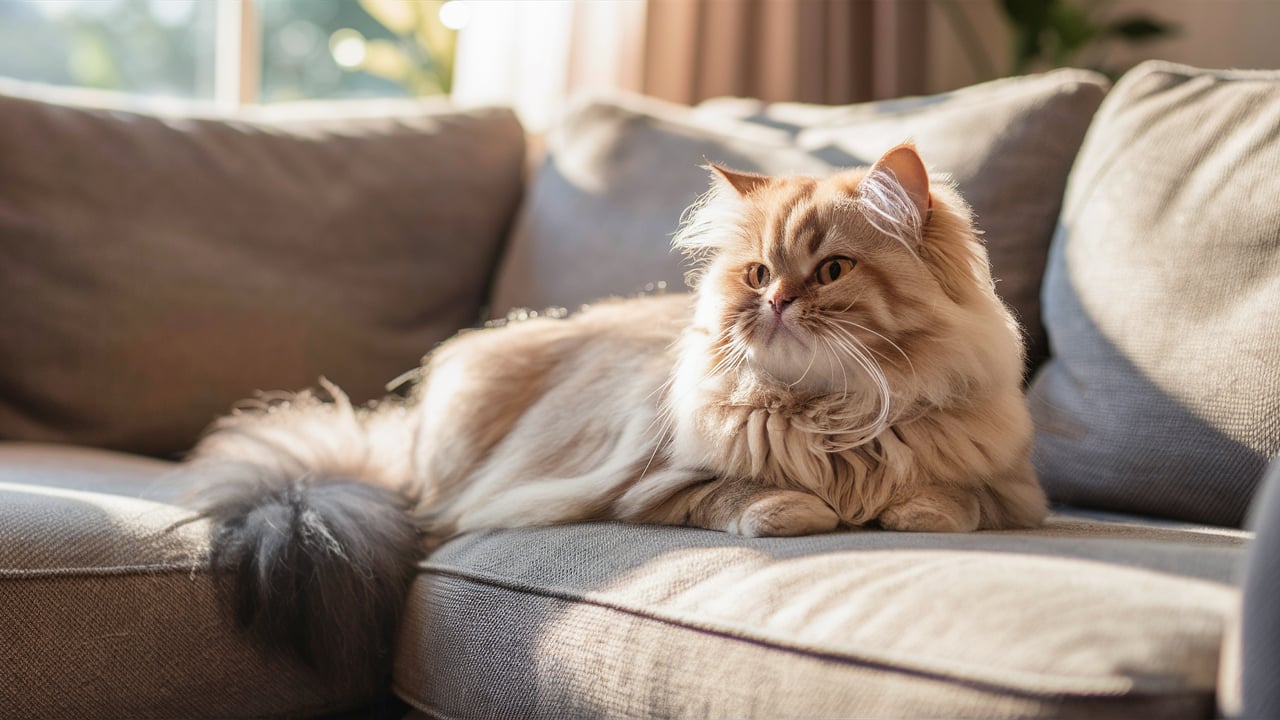Introduction
Do you know these Facts About Persian Cats? I am going to provide you with the details of that. Persian cats are one of the most beloved and easily recognizable cat breeds in the world. With their long, luxurious coats, distinctive faces, and calm demeanor, they have captured the hearts of cat lovers for centuries. But beyond their beauty and charm, Persian cats have a rich and intriguing history. In this article, we’ll explore 10 fascinating facts about Persian cats that will give you a deeper appreciation for these wonderful felines.
1. The Mysterious Origin of Persian Cats
There is not enough proof to support the theory that Persian cats originated somewhere else, leaving their origins unknown. It is believed that they originated in Persia (modern-day Iran), where they were prized for their striking appearance and regal demeanor. However, the exact timeline of their introduction remains unclear. Some say that long-haired cats were brought to Europe by traders in the 1600s, while others believe that these cats may have been present in ancient civilizations much earlier. Despite the uncertainty, one thing is clear: Persian cats have been admired for their beauty for centuries.
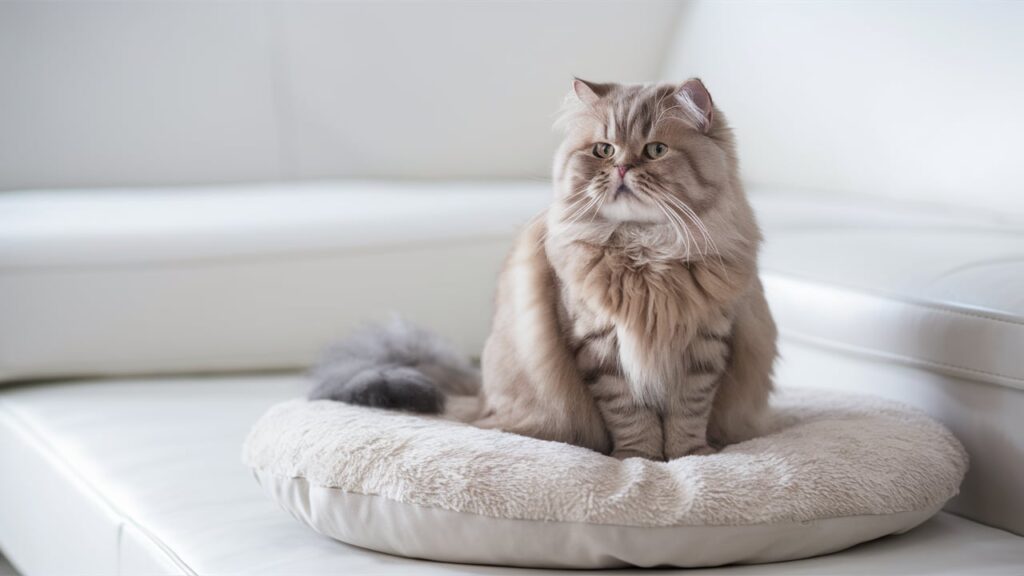
2. Persians Are Available in Many Colors and Varieties
When people think of Persian cats, they often picture the classic white, fluffy cat. However, Persian cats come in a wide variety of colors and patterns. These include solid colors like black, blue, cream, and red, as well as bi-color, tabby, and calico patterns. The breed is also divided into different categories based on their coat length and type, such as the traditional long-haired Persian and the newer, shorter-haired Exotic Shorthair. This diversity in appearance makes Persian cats a favorite among cat enthusiasts who appreciate having options when choosing their perfect feline companion.
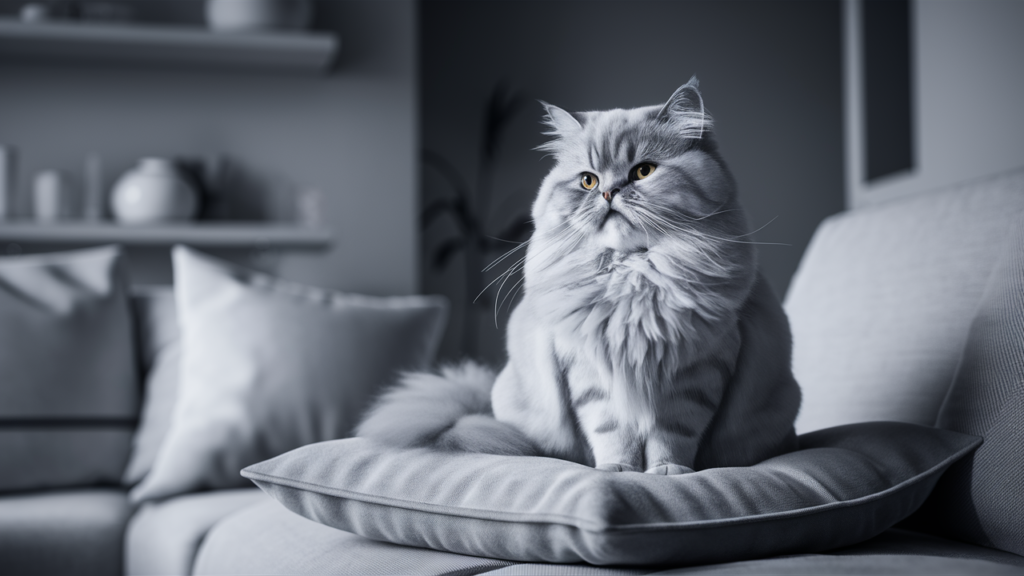
3. Persians Have Not Usually Had Round Faces
The flat-faced look that Persian cats are famous for today is a relatively recent development. Originally, Persian cats had a more traditional, slightly rounded face with a longer nose. It wasn’t until the 1950s and 1960s that breeders began to selectively breed Persians for the more extreme flat-faced appearance, known as brachycephaly. This change was driven by the desire to create a more “doll-like” look that appealed to cat show judges and the public. While this look has become synonymous with the breed, it has also led to some health issues, particularly related to breathing and dental problems.
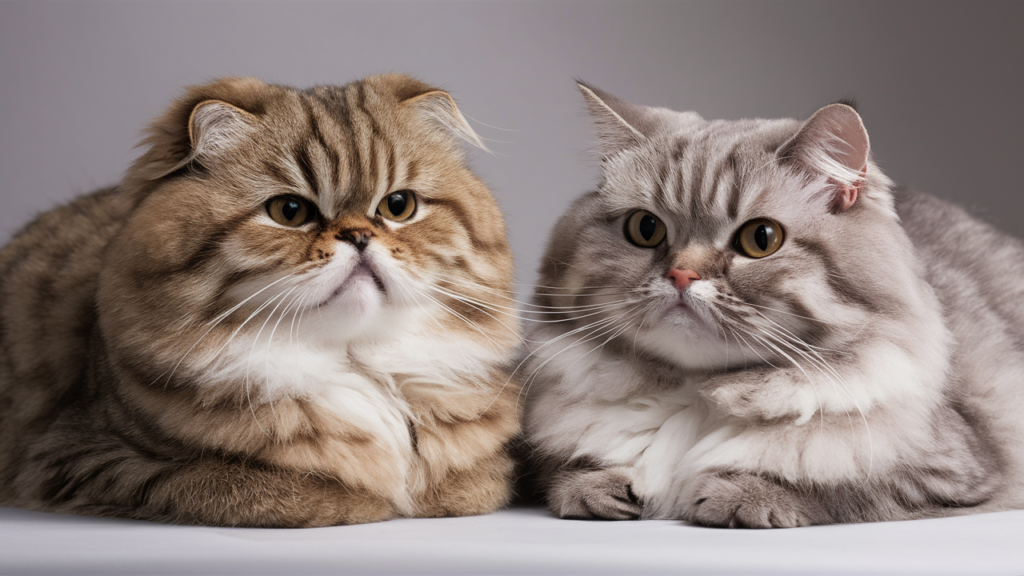
4. The Coats of Persians Are Amazingly Thick
One of the most distinctive features of Persian cats is their thick, luxurious coat. Their fur is not only long but also dense, with a fine, soft texture. This coat requires regular grooming to prevent matting and tangling, which can be uncomfortable for the cat. Many Persian cat owners invest in professional grooming services or take the time to brush their cats daily. Despite the high maintenance, the Persian’s stunning coat is one of the breed’s most admired attributes, and it’s a big part of what makes them so special. Shedding may also be in these felines.
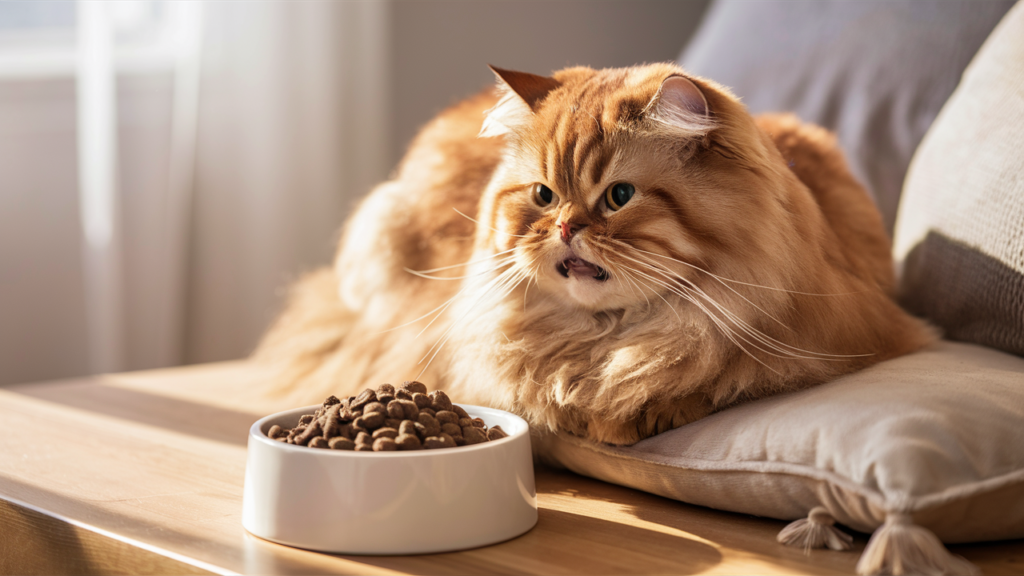
5. Persians Don’t Make Huge Jumps
If you’re looking for a cat that will leap from high shelves or perch on top of your kitchen cabinets, a Persian might not be the best choice. Unlike some more active breeds, Persian cats are not known for their jumping abilities. They prefer to stay close to the ground, enjoying the comfort of a cozy bed or a plush cushion. Their laid-back, easygoing nature means they are more likely to be found lounging in a sunbeam than scaling the furniture. This makes them ideal companions for those who prefer a calm, less adventurous pet.
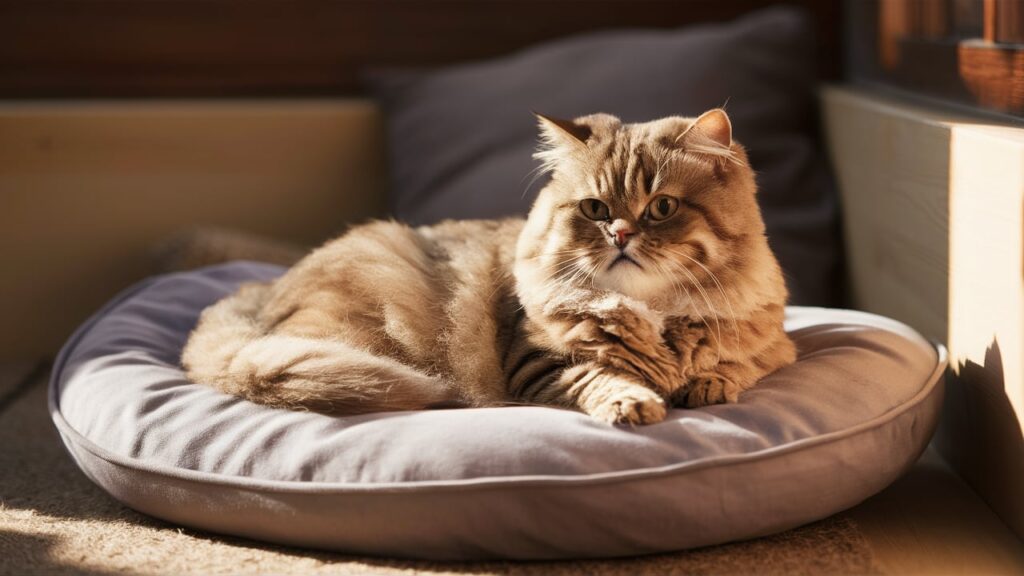
6. Persians Aren’t Actually Divas
Despite their luxurious appearance, Persian cats are not the high-maintenance divas they might seem to be. In fact, they are known for their sweet and gentle personalities.In general, Persians are calm, loving, and happy to spend time with people. They are not as demanding or vocal as some other breeds, making them a great choice for people who want a loving, low-key pet. While they do require regular grooming, their temperament is anything but difficult, and they often form strong bonds with their owners.
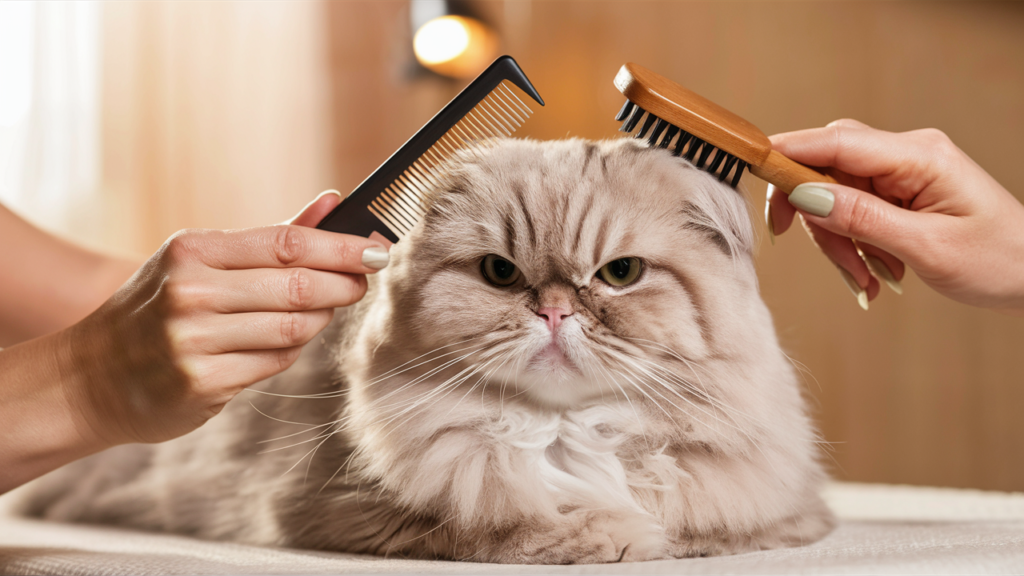
7. The World’s First Cat Show Was Won by a Persian
Persian cats have a long history of success in cat shows, and their winning streak started early. In 1871, the world’s first organized cat show was held at the Crystal Palace in London, and a Persian cat took home the top prize. This event helped to boost the breed’s popularity in Europe and cemented the Persian’s reputation as a showstopper. Since then, Persian cats have continued to dominate in cat shows around the world, consistently winning awards for their beauty and poise.
8 Around 1900, Persian immigrants arrived in America.
Persian cats arrived in the United States around the turn of the 20th century, quickly becoming one of the most popular breeds in the country. American breeders were captivated by the Persian’s exotic looks and gentle nature, and they worked to further refine the breed. By the 1920s, Persian cats were among the most sought-after pets in America, a status they have maintained ever since. Today, they are one of the most popular cat breeds in the world, known for their distinctive appearance and loving personality.
9. Persians Have a Unique, Quiet Voice
One of the more endearing qualities of Persian cats is their soft, quiet voice. Unlike some breeds that are known for their loud meowing, Persians communicate in a gentle, almost melodic tone. They are not particularly vocal, preferring to express themselves through body language and subtle sounds. This quiet demeanor adds to their overall charm, making them a peaceful presence in any home. Persian cat owners often describe their cats as being able to communicate volumes with just a look or a gentle purr.
10. Persian cats are ideal for living indoors
Persian cats are ideally suited for indoor living, thanks to their calm and laid-back nature. They are not particularly adventurous or curious, which means they are less likely to get into trouble or wander off if kept indoors. Their thick coats also make them more comfortable in a controlled environment, as they can overheat easily in hot weather. Keeping a Persian cat indoors helps to protect their coat from dirt and debris and reduces the risk of health problems related to outdoor exposure. These factors influence the decision made by many Persian cat owners to keep their animals entirely indoors.
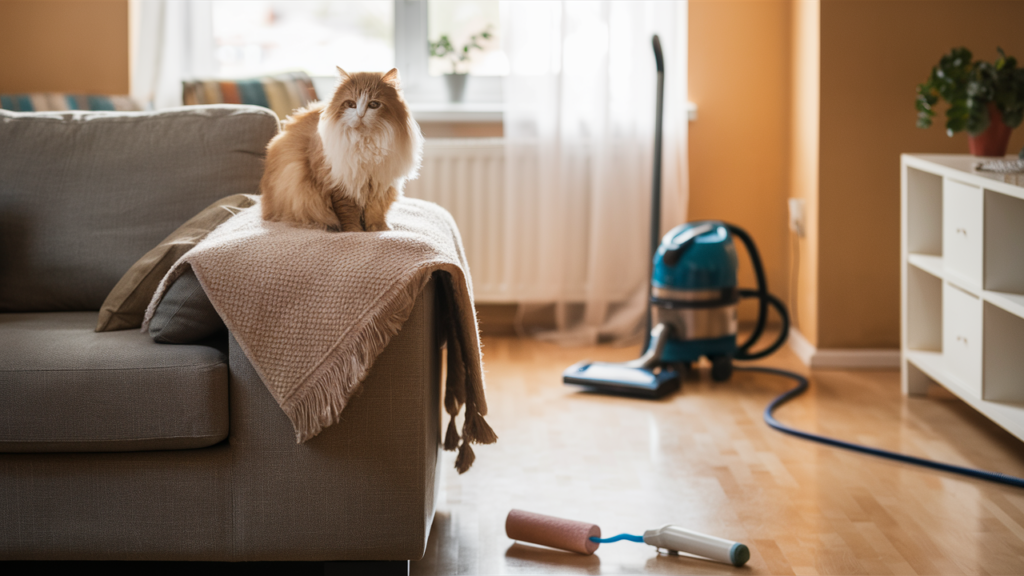
Conclusion
Persian cats are more than just a pretty face; they are a breed with a rich history, a wide range of appearances, and a gentle, loving nature. From their mysterious origins to their status as one of the most popular cat breeds in the world, Persian cats have a lot to offer. Whether you’re drawn to their luxurious coats, their calm demeanor, or their sweet personalities, there’s no denying that Persian cats are a wonderful choice for a feline companion.
FAQs
- How long do Persian cats live?
Persian cats typically live between 12 to 16 years, though some can live longer with proper care and attention to their health needs. - Are Persian cats hypoallergenic?
No, Persian cats are not hypoallergenic. Their long coats can trap allergens like dander, which may cause reactions in people with allergies. - How often should Persian cats be groomed?
Persian cats should be groomed daily to prevent matting and to keep their coats looking their best. Regular grooming also helps reduce shedding. - What is the average cost of owning a Persian cat?
The cost of owning a Persian cat can vary, but potential owners should budget for grooming, veterinary care, high-quality food, and other essentials. The initial purchase price of a Persian kitten from a reputable breeder can range from $500 to $5,000. - Do Persian cats get along with children?
Yes, Persian cats generally get along well with children due to their calm and tolerant nature. They are patient and enjoy gentle interaction, making them a good choice for families.
